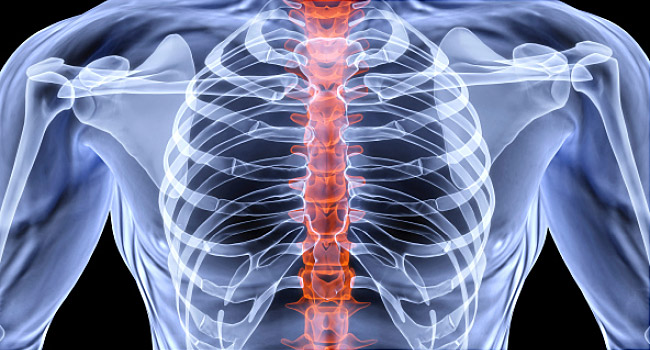Often, people do not realize that they have “brittle bones”
1. Reasons You May Be At Risk
Osteoporosis risk increases as we age, especially in post-menopausal women. The drop in estrogen and the shift in hormones leads to the deterioration of bones. Lack of calcium at any age can also increase the risk of brittle bones. Some prescription drugs have a negative effect on bone density and calcium absorption.
2. Confirm a Diagnosis of Osteoporosis
A recent fall, being in a high-risk group, or recent loss of height will prompt a physician to recommend a bone density test. In the past, a checkup after a fall was the sole way of identifying osteoporosis — with a bone density X-rays, however, individuals have confirmation. This allows doctors to offer guidance on improving diet, best exercise regimens, and the care a patient needs to take to avoid broken bones and other issues.
3. Have You Lost Height?
It is normal to lose a little bit of height as we age — compression of the cartilage between the bones can reduce an individual’s height by a few centimeters over time. People who develop unexplained back pain, stooped posture, or lose an inch or more in height have likely developed osteoporosis. This drop in height is actually attributed to a series of small fractures in the spine, resulting in curvature and pain. The aging spine beings to collapse due to the loss of bone density.
4. Have You Fractured a Bone?
Doctors may recommend a bone density test after a person has broken a bone, to check the speed of healing and to determine whether osteoporosis was a factor in the break. For older adults, especially women, a broken bone can be deadly. The healing is slower and multiple fractures can lead to infection.
5. Differences in Testing Methods
Bone density scans may be performed on the fingertips, while others are more comprehensive, focusing on the forearm, hips, and spine. These three areas are the ones most likely to fracture in the case of an accident. Peripheral tests are performed on individuals who are not covered by insurance or who are too heavy for x-rays to determine their bone density. More accurate analysis of bone density requires a DXA or DEXA scan that involves whole-body imaging and can indicate porous areas of bone.




Reblogged this on Global Website Rotator.
Interesting. Thanks for sharing.